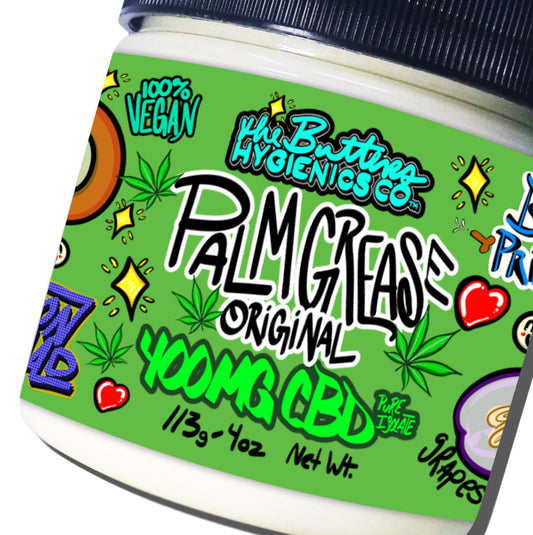
Thriving with Sickle Cell Disease: A Guide to Living Well
Share
Delving into the world of Sickle Cell Disease (SCD) unveils a genetic condition with far-reaching impacts on millions globally. Manifesting as an abnormal sickle shape in red blood cells, this disease doesn't just cause pain and organ damage—it tells a story of migration, heritage, and resilience. Predominantly found among people of African, Mediterranean, Middle Eastern, and Indian lineage, SCD also has its roots in other populations, making it a global concern. But it's not just about statistics and medical jargon. Living with SCD means navigating challenges daily, from pain management to maintaining good mental health. However, with the right strategies and support, one can lead a fulfilling life despite this condition. Dive in to understand the disease, its intricacies, and the steps those afflicted take to ensure they live their lives to the fullest.
Get to know Sickle Cell Disease (SCD)
What is it? Sickle Cell Disease is a genetic blood disorder characterized by red blood cells that assume an abnormal, rigid, sickle shape. These sickle-shaped cells can block small blood vessels, leading to pain, organ damage, and other complications.
How does it work?
SCD is caused by a mutation in the HBB gene which results in the production of an abnormal version of hemoglobin, called hemoglobin S (HbS). Under certain conditions, red blood cells containing HbS can become deoxygenated, causing them to become rigid and take on a sickle shape.
How many people suffer?
Approximately 20-25 million people globally have SCD, with an additional 50-100 million being carriers of the trait (meaning they have one sickle cell gene but do not manifest the full-blown disease).
Who suffers from it?
SCD primarily affects people of African, Mediterranean, Middle Eastern, and Indian descent. The highest prevalence is in sub-Saharan Africa. However, due to global migration patterns, it can be found in many parts of the world. It is important to note that SCD is not exclusive to any particular ethnic group; it can be found in populations worldwide.
Living Well with Sickle Cell
Living with sickle cell disease can be a challenge, but with the right support and care, it is possible to manage the condition effectively and live a healthy and fulfilling life. Here are some steps you can take to live well with sickle cell disease:
1. Work with a healthcare team: It is important to have a healthcare team that includes a hematologist, primary care physician, and other specialists, as needed. Your healthcare team can help you manage your symptoms and provide the necessary treatment to prevent complications.
2. Take your meds: Just because you’re prescribed doesn’t mean you actually take them. Take your meds!
3. Manage pain: Sickle cell disease can cause severe pain and discomfort. Work with your healthcare team to develop a pain management plan, which may include over-the-counter pain relievers, prescription medications, and complementary therapies like massage or acupuncture.
4. Stay hydrated: Dehydration can trigger sickle cell crisis, so it is important to drink plenty of water, especially during hot weather or when you are physically active.
5. Maintain a healthy diet: A balanced diet that includes plenty of fruits, vegetables, lean proteins, and whole grains can help you maintain good health and manage your symptoms.
6. Exercise regularly: Regular exercise can help improve your physical fitness, boost your energy levels, and manage pain. However, it is important to talk to your healthcare team before starting any new exercise program.
7. Get adequate sleep: Good sleep is important for overall health and can help you manage pain and stress.
8. Manage stress: Stress can trigger sickle cell crisis, so it is important to find healthy ways to manage stress, such as through relaxation techniques, therapy, or support groups.
9. Mental health: Sickle cell is stressful and often occurs with anxiety and depression. It’s important to be patient and forgiving with yourself and your varying limitations. Therapy & medications can be helpful. Your medical team will be able to help you.
10. Lose the shame: Don’t avoid soothing your discomforts to please others. If you need to rock, rub, hum, or go fetal to cope with the pain, do it. You’re living with a chronic illness that doesn’t give a fuck about decorum and politeness.
11. Be prepared: Get your go bag ready for the possibility of hospitalization. Keep it with you if you’re staying over some place. A separate smaller bag for day-to-day carry is recommended as well.
12. Avoid triggers: Certain factors, such as high altitude, cold weather, and dehydration, can trigger sickle cell crisis. Talk to your healthcare team about your triggers and how to avoid them.
13. Stay up-to-date with vaccinations: Regular vaccinations can help protect you from infections, which can be dangerous for people with sickle cell disease.
14. Connect with a support network: Connecting with other people with sickle cell disease or a support group can provide emotional support and help you manage your condition more effectively.
Social media accounts to follow:
@moonlitdna Instagram, Tiktok, Twitter, Reddit, Twitch
@TheHemenp Instagram & Tiktok, www.TheHemenp.com
@drzsicklecell Instagram
@letstalksickle Instagram
@sicklecell101 Instagram
@sicklecelluk Instagram
Orgs to follow:
Sickle Cell Disease Association of America (SCDAA): This is a national organization that provides support, education, and advocacy for people with sickle cell disease.
National Heart, Lung, and Blood Institute (NHLBI): This is a federal institute that provides information and resources on sickle cell disease, including research updates and clinical trials.
Sickle Cell Disease Research and Education Society (SCDRES): This is a non-profit organization that provides support, education, and advocacy for people with sickle cell disease.




